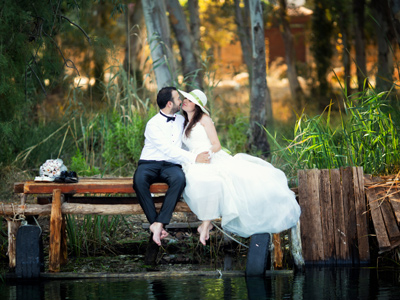

Mendelssohn's Wedding March was once banned in Germany. Find out why in this quiz.
German (and Austrian) Gems
It was 'the Germans' ~ not that Germany, as such, existed in their day; but they all spoke the language, and were active there or next door in Austria ~ who drove the development of the Symphony, and of instrument engineering, and of the repertoire which that opened up. Indeed, those culturally unattuned to Western classical music may simplistically assume that 'dead white Germans' were at the root of the whole thing. Let's dust them down and see how much you already know about these major figures and their works!
Who was he?
Particularly ironically in the light of this, in what traditional public context may one now well hear works by these two composers more or less back-to-back?
Answer 4 is a non-starter as Wagner only wrote mostly on a much broader scale, and did not trifle with string quartets and the like; in any case, the heyday of the vinyl album was generally within 50 years (and hence, living memory) of the Nazi era, so no self-respecting label would have been so culturally insensitive as to couple the works of these composers onto the same disc ~ except perhaps as a sampler for upcoming weddings!
Orff, meanwhile (he of Carmina Burana fame) was an educator and percussionist, Weill was creating minimalist opera in the Weimar period alongside the playwright Berthold Brecht, and Hindemith was a pioneer of Gebrauchsmusik ~ 'music to be used' on various occasions, rather than written &/or performed merely for its own sake. This was conceived to appeal to all musicians including amateurs, and such alarming newfangled techniques as atonalism would almost certainly have killed the idea stone dead in terms of capturing the public imagination and sympathy
Ready for more?
not all...
quizzers. Try to win a coveted spot on our Hall of Fame Page.






